Regularization, Hyperparameter Tuning of Low Rank Autoregressive Models
1. Introduction
I conducted Regularization and Hyperparameter Tuning Experiments on the Low Rank Autoregressive Models used in this paper: Active Learning of Neural Population Dynamics using two-photon holographic optogenetics Some motivation for why is that there is a strong need for techniques that minimize the amount of data needed to learn neural population dynamics due to experimental time and resource constraints. The long-term goal that the above paper is working towards is for a model to be able to actively learn the patterns of neurons that have the most informative neural responses to quickly learn the neural population dynamics (brain activity). This project used experimental data where a region of a mice brain was photostimulated with a laser. Specifically, patterns of neurons were photostimulated and the rest of region neuron's response (spikes) to that stimulation was recorded.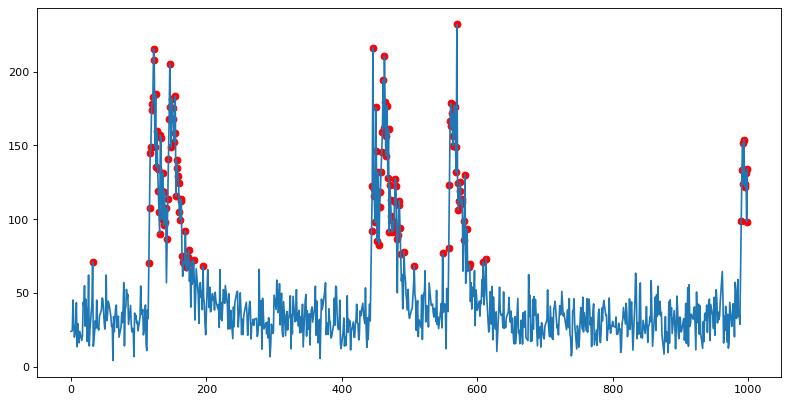
Spikes were determined as signal responses that were 6x greater than the baseline noise of the signal.
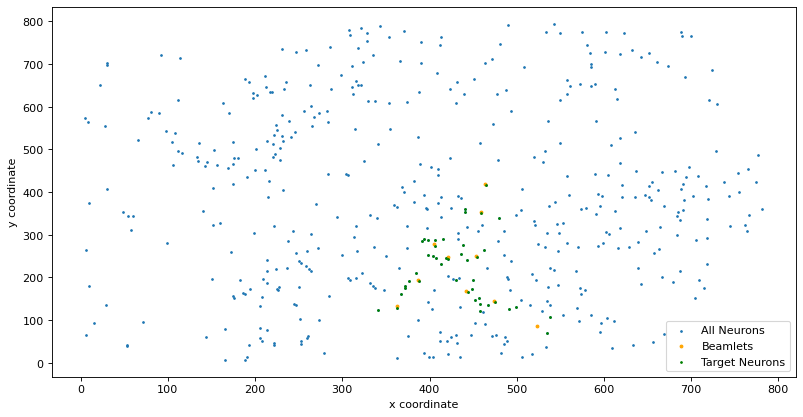
Here you can see an example pattern of neurons being photostimulated by the neuron.
2. L2 Regularization and Hyperparameter Tuning
These Low Rank Models are the models I was tasked with experimenting on. I used cross validation loops to tune hyperparameters such as...- Lambda (L2 Regularization strength)
- Epochs
- Learning Rate
- Weight Initialization
- k (number of autoregressive time steps used to make prediction)
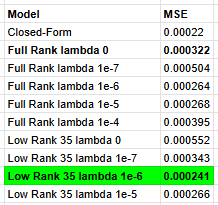
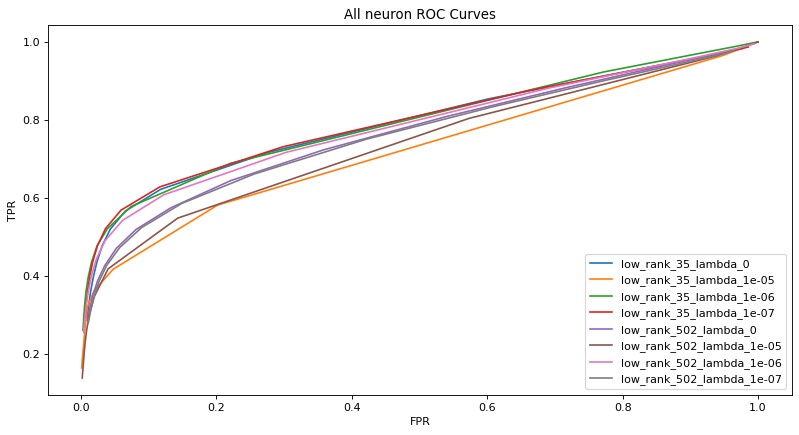
Low Rank Model Spike Prediction Performance
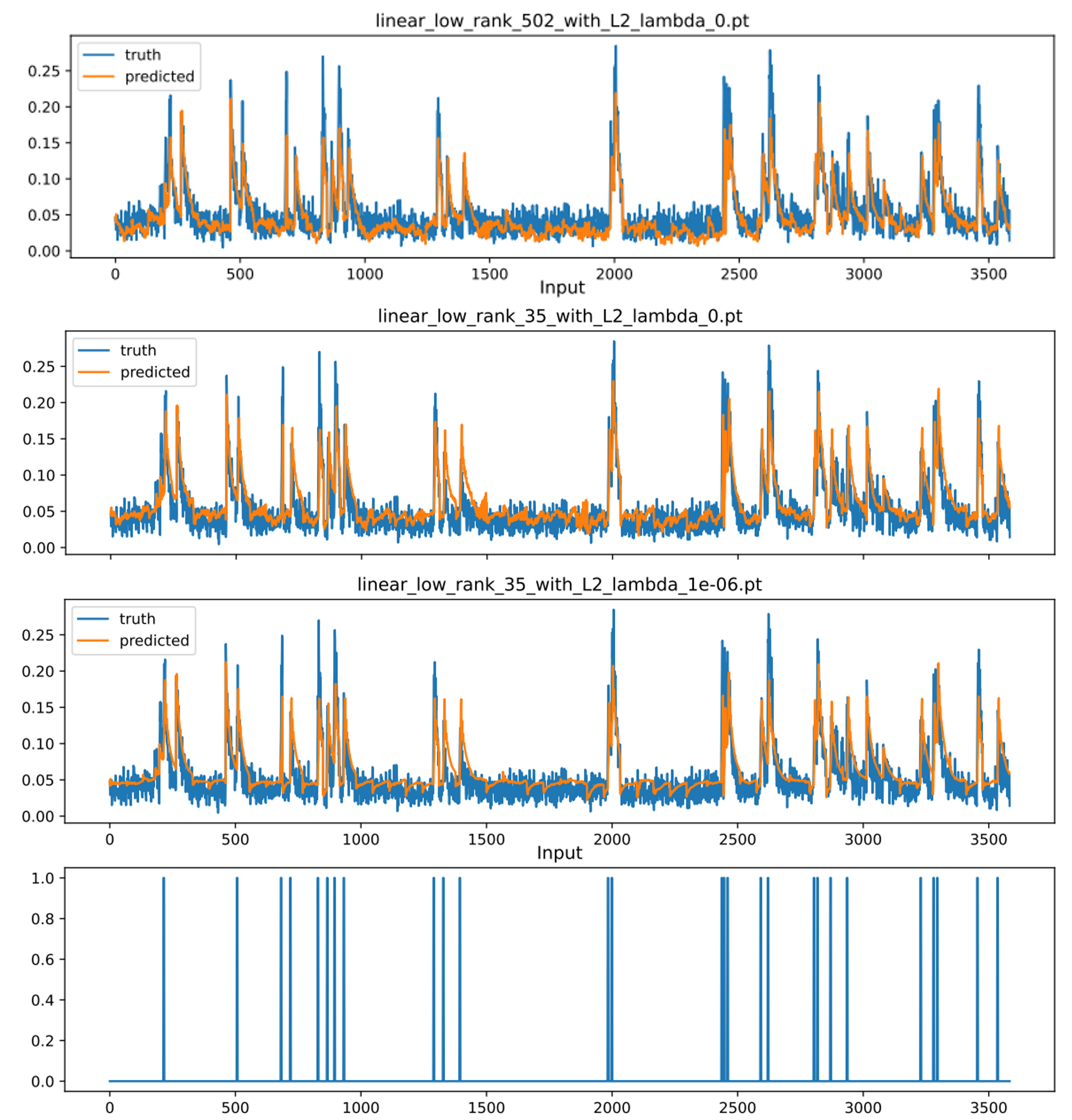
A comparison of the spike predictions of the closed-form, full-rank model, and low-rank model.